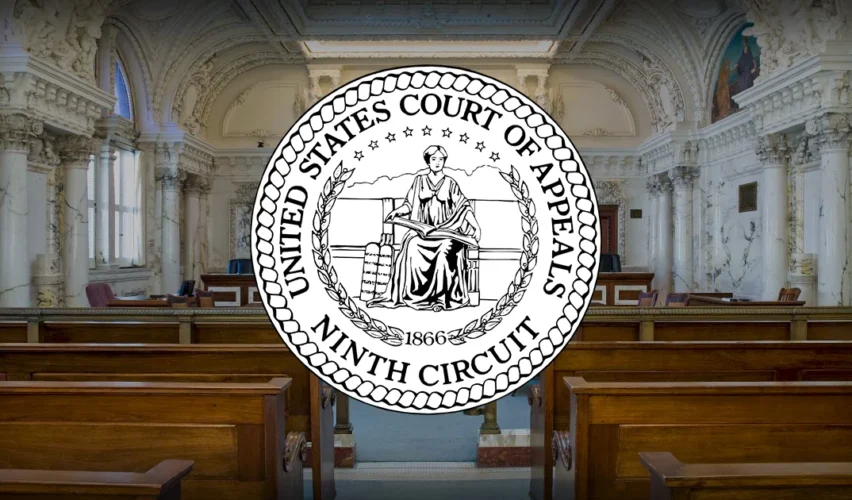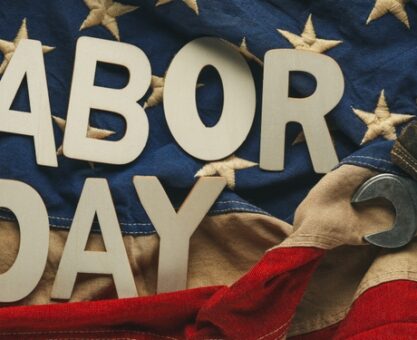Federal unions suffered a major setback this summer as two appeals courts cleared the way for the Trump administration’s executive order limiting collective bargaining rights across much of the government workforce.
The order, issued March 27, invokes the Civil Service Reform Act of 1978 to exempt agencies with national security, intelligence, investigative, or law enforcement functions from union obligations. Among the numerous affected agencies are the Justice, State, and Defense Departments, along with Treasury, Veterans Affairs, Commerce, the EPA, and parts of Homeland Security and Energy. Together, these agencies account for nearly two‑thirds of federal employees represented by unions.
Unions, including the National Treasury Employees Union (NTEU) and the American Federation of Government Employees (AFGE), quickly sued, calling the move a direct attack on federal workers’ rights. In June, a California district court, led by U.S. District Judge James Donato, issued an injunction blocking the executive order, finding it likely exceeded the president’s authority under the Civil Service Reform Act and was potentially retaliatory.
That relief proved short‑lived. In May, the U.S. Court of Appeals for the D.C. Circuit, in a 2-1 decision, lifted another preliminary injunction issued by U.S. District Judge Paul Friedman, ruling that the NTEU had not shown irreparable harm and that presidential authority in national security matters warranted deference. Separately, on August 1, a Ninth Circuit panel unanimously lifted the California district court’s injunction, allowing the executive order to take effect while litigation continues in both cases.
The Ninth Circuit judges wrote that the unions had failed to demonstrate the administration’s order was retaliatory, noting that even sharp rhetoric against “hostile federal unions” was not enough to overcome the government’s stated national security rationale. The panel also emphasized that existing union contracts should remain in force during ongoing litigation, though federal employee groups worry agencies may begin testing the limits of those agreements.
The decisions mark a turning point in a long‑running battle over the scope of federal employee bargaining rights. While district court cases continue, the appeals court rulings signal a strong judicial inclination to side with executive authority in matters tied to national security, leaving federal unions with an uphill fight.
For now, the executive order is in effect across the government, reshaping the relationship between agencies and the unions that represent their workforces. The ultimate legality of the policy remains unresolved, but unless a higher court intervenes, collective bargaining in much of the federal sector faces steep new restrictions.



























